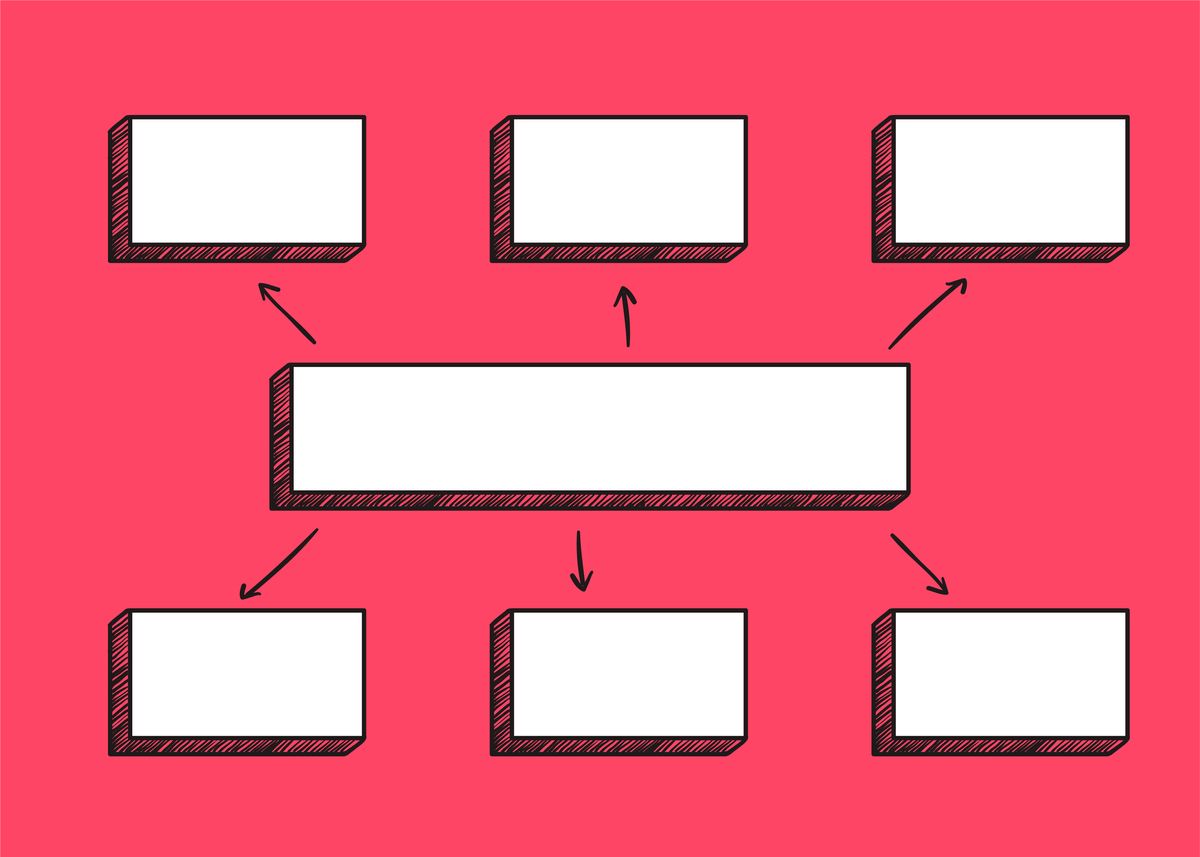Impact Mapping

🙋🏻♂️ Hi! This playbook is my adaptation of how I use in my daily life the concepts presented in the book Impact Mapping: Making a big impact with software products and projects written by Gojko Adzic.
According to Gojko Adzic, an impact map is a visualisation of scope and underlying assumptions, created collaboratively by senior technical and business people. It is a mind-map grown during a discussion facilitated by answering the following four questions:
- Why?
- Who?
- How?
- What?
Why?
The centre of an impact map answers the most important question: Why are we doing this? This is the goal we are trying to achieve.
We use the Objective from our OKR as the Why. And we recommend use as Objective one of the Pirate Metrics:
- Increase Acquisition
- Increase Activation
- Increase Retention
- Increase Revenue
- Increase Referral
💡 Hint: Take a look at the Pirate Metrics Playbooks in the Related Contents listed below to see the Impact Mapping in practice.
Who?
The first level of an impact map provides answers to the following question:
- Who can produce the desired effect?
- Who can obstruct it?
- Who are the consumers or users of our product?
- Who will be impacted by it?
In short, Which segments directly impact our objective?
Defining a segment here will help us during the Shaping process of a product or experiment.
For each Pirate Metrics Objective we have default segments, as you can see in the respective playbooks, but you can find another users segments, like adjacent users, for example.
How?
The second level sets the actors in the perspective of our business goal. It answers the following questions:
- How should our actor's behaviour change?
- How can they help us to achieve the goal?
- How can they obstruct or prevent us from succeeding?
Our users can help us reach our goal by doing something, so we need to encourage and help them to behave in such a way that they do this something.
The something depends on the Pirate Metrics Objective. We have default somethings, as you can se in the respective playbooks.
💡 Hint: Learn more about Behavioral Product Management in the Related Contents listed below.
What?
Once we have the first three question answered, we can talk about scope. The third level of an impact map answers the following questions:
- What can we do, as an organization or a delivery team, to support the required impacts?
This are the possibilities we can do as deliverables. It can be a new products, new features, improvements, experiments and organizational activities.
To help us get better answers, you can formulate a question like this:
What we can do to help/stimulate {who/segment} to {how/behavior}?
For example, a podcast app with the goal to Increase Activation:
- What we can do to help new users at onboarding to start listening their first podcast?
- What we can do to stimulate new dormant users to come back to complete the onboarding?

🙋🏻♂️ Precisa de ajuda para aplicar este playbook? Agende uma Hands On comigo
Mais playbooks estão por vir, clique aqui para entrar para o grupo e recebê-los em primeira mão.
Related Contents

References

